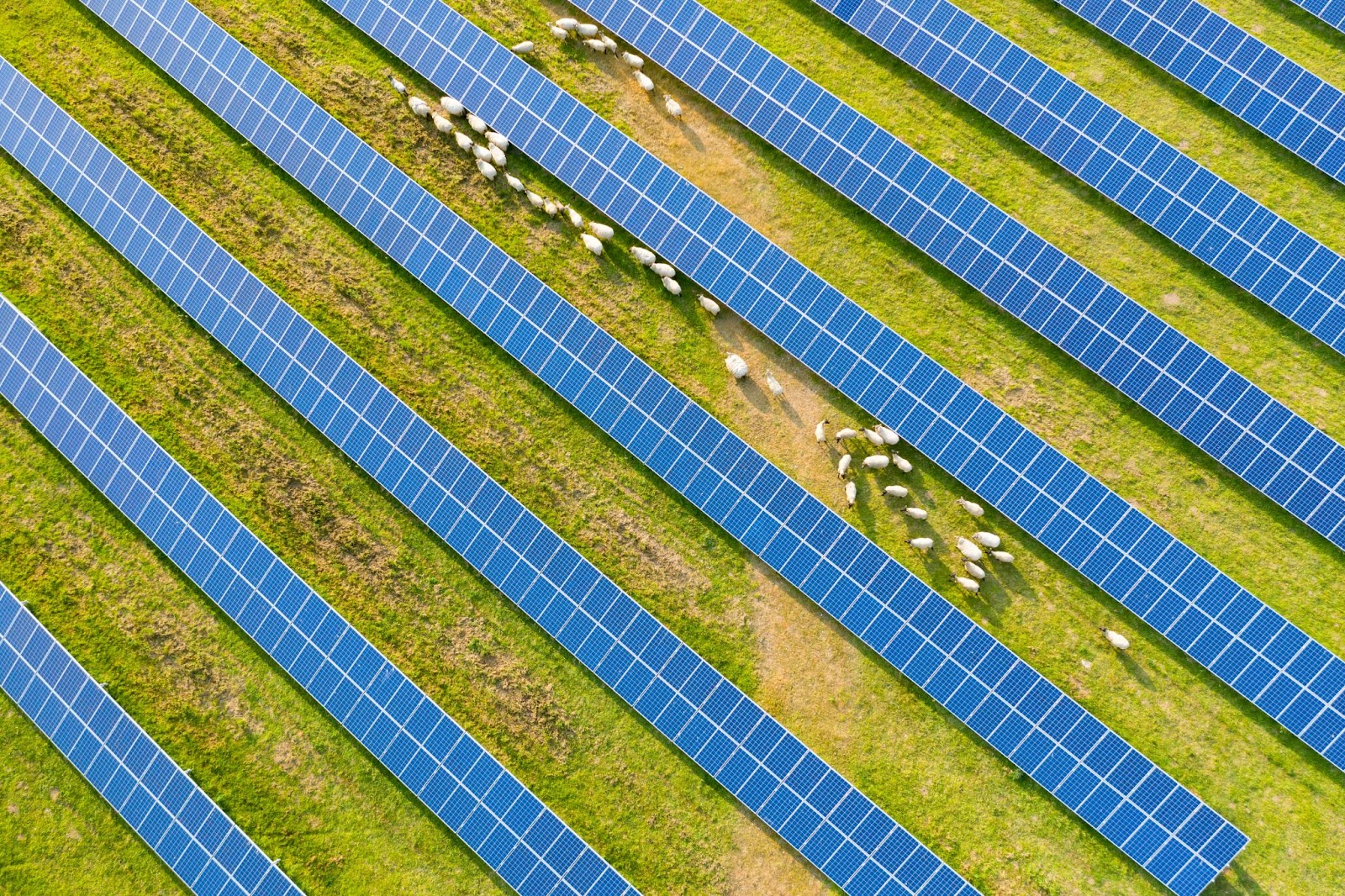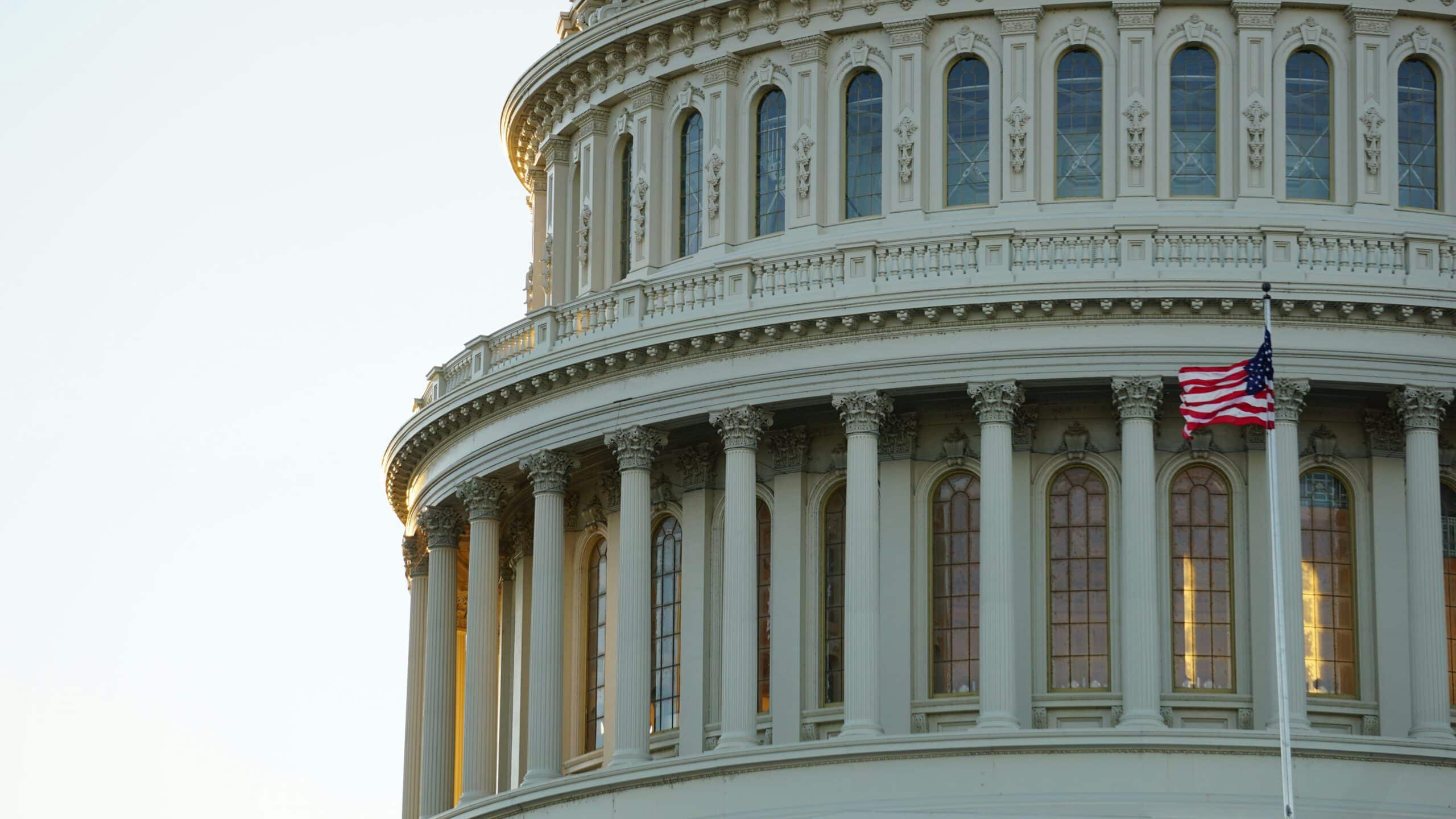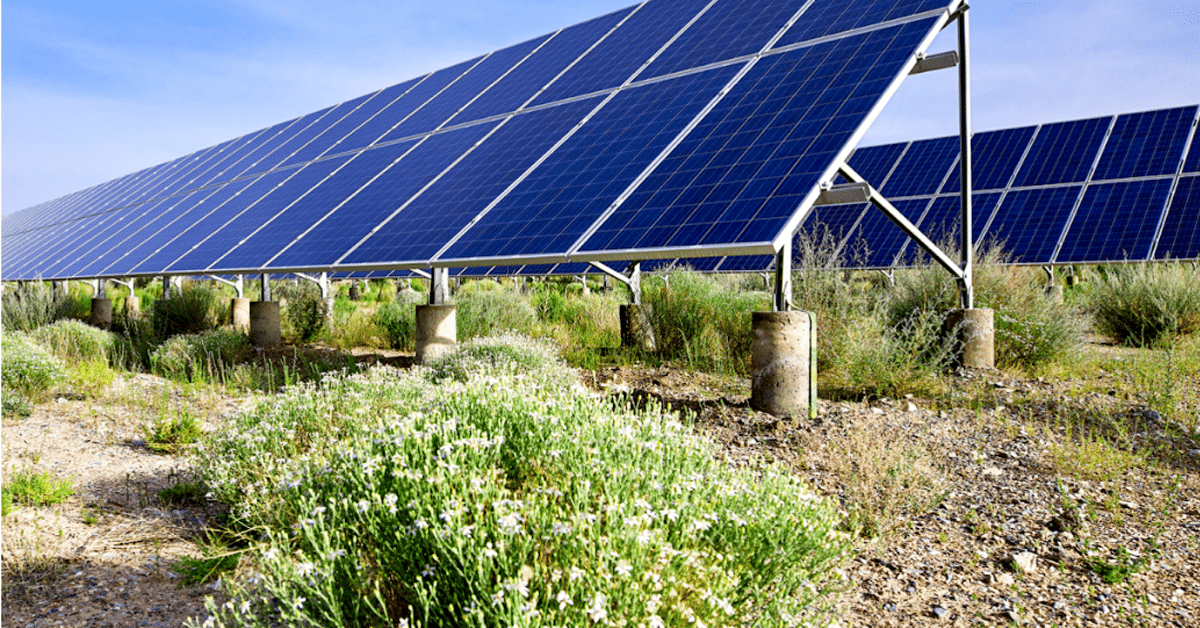POSTED
April 30, 2025
Sheep Grazing Under Solar Panels: A Smart Approach to Dual Land Use
Solar grazing pairs clean energy with agriculture, letting sheep manage vegetation on solar farms. It cuts maintenance costs, improves land health & supports farmers with steady income. Shasta Power helps landowners lease for solar while preserving agricultural use. Discover if your land is a fit for this sustainable dual-use solution.

Solar grazing brings together agriculture and renewable energy, allowing landowners to benefit from both. By grazing livestock, particularly sheep grazing under solar panels, farms remain productive while generating clean energy. This agrivoltaic approach solves the challenge of balancing land for food production and energy development. Instead of choosing one or the other, solar grazing supports both..
What Is Solar Grazing on Solar Energy Farms?
Solar grazing is a form of agrivoltaics–a land use strategy that combines renewable energy production with livestock grazing. On solar farms, sheep graze beneath and around the panels, naturally managing vegetation without the need for mowing or chemicals.
This approach keeps the land agriculturally productive while supporting clean energy generation. As solar development expands, more farmers and developers are turning to solar grazing as a practical, dual-use solution that benefits both agricultural communities and renewable energy goals.
Why Are Sheep Used in Solar Grazing?
Sheep are the preferred choice for solar grazing due to their size and temperament. Unlike larger livestock, they move easily between panel rows without damaging equipment. Their feeding habits naturally control plant growth, reducing maintenance costs and eliminating the need for herbicides.
Why Solar Grazing Is Growing in the U.S. and Globally
More developers and farmers are embracing this model. In the U.S., cooperatives connect sheep farmers with solar site operators, creating opportunities for sustainable land use. The American Solar Grazing Association (ASGA) is a U.S. grassroots organization dedicated to, in their words, creating a “community of farmers, solar developers, and innovators who are shaping the future of solar energy and farming.” Globally, countries expanding solar adoption are integrating grazing as part of a broader move to optimize land use.
The Advantages of Grazing Over Traditional Maintenance
Compared to traditional methods like mowing and herbicide application, using sheep for vegetation management offers a more natural, cost-effective solution. The benefits of solar grazing extend beyond sustainability, impacting the bottom line and overall land health.
Cost Savings & Efficiency
Sheep offer a natural solution for managing vegetation, reducing the need for mowing and chemical treatments. This cuts labor and fuel expenses while keeping solar sites accessible. According to Lexie Hain, co-founder of the American Solar Grazing Association, using sheep for vegetation management can reduce costs by around 30% compared to conventional methods—based on her experience working with solar site operators across the U.S.
Environmental Benefits
Grazing sheep reduces the need for gas-powered equipment, lowering emissions and delivering immediate environmental benefits. In addition, their natural fertilizer promotes plant regrowth and improves soil quality, which in turn enhances water retention and reduces erosion over time, all contributing to healthier land conditions.
Sheep Welfare & Productivity
Solar panels provide shade, helping sheep stay comfortable in hot weather. Research in Australia found that sheep grazing under solar panels produced higher-quality wool than those in open pastures, highlighting an additional benefit of solar grazing.

How Sheep Grazing Under Solar Panels Supports Farmers and the Agricultural Economy
Beyond the environmental and operational advantages, solar grazing also creates meaningful economic opportunities. By turning underutilized land into productive pasture, this practice offers financial benefits for farmers and strengthens rural communities.
Land Optimization
Adding solar infrastructure to agricultural land gives farmers a way to generate long-term income while continuing their existing operations—turning single-use acreage into a dual-purpose investment. Rather than choosing between farming or energy development, solar grazing allows both to thrive on the same land. The ASGA estimates that about 113,000 sheep graze across 500 solar sites in 30 U.S. states, showing how this model is already supporting agricultural communities nationwide.
A Steady Income Stream
In some regions, solar grazing allows for year-round access to fresh forage, reducing the need for stored feed. This helps farmers manage costs and navigate financial fluctuations tied to feed expenses. Many sheep farmers enter vegetation management contracts with solar site operators, with grazing rates depending on the value of the land, the quality of the grazing habitat, and other on-the-ground factors. .
Sheep Grazing Under Solar Panels Supports Rural Economies
Keeping farmland in active use benefits more than just farmers. Local businesses, from feed suppliers to veterinarians, see steady demand. The practice also contributes to domestic energy production, strengthening the connection between agriculture and renewable power. Studies show that combining sheep grazing with solar installations improves overall land productivity, maximizing the value of each acre.
Supporting Local Communities Through Sheep Grazing Under Solar Panels
At Shasta Power, we prioritize long-term partnerships with local communities. By integrating sheep grazing into some of our solar projects, we help landowners maintain agricultural activity and preserve the character of their land.
This approach keeps rural land productive, supports small farms, and provides new income opportunities without disrupting the landscape. Whether you’re a landowner, neighbor, or community leader, solar grazing offers a way to grow the local economy while supporting clean energy goals.
How to Lease Your Land for Solar Grazing with Shasta Power
Shasta Power offers a step-by-step process for landowners interested in solar development. Start by reaching out through our website’s contact form to see if your property qualifies. We’ll assess key factors like location, terrain, sunlight exposure, and local zoning.
If your property meets our criteria, we’ll present a lease agreement with clearly defined terms and expectations. Shasta Power oversees everything from permitting through project development—keeping the process simple and straightforward for you. And yes, we’re open to including solar grazing as part of the land use plan.
Final Thoughts on Sheep Grazing Under Solar Panels
Solar grazing is a smart, sustainable way to maintain solar farms while supporting agriculture. Sheep provide natural vegetation control, reducing maintenance costs and environmental impact. At the same time, farmers benefit from new revenue opportunities—without needing more land.
With Shasta Power, land owners can lease underused land for solar while preserving its agricultural value through agrivoltaic solutions. This integrated approach builds rural prosperity and supports the clean energy future. Curious if your land is a fit? Start the conversation today and discover how your land can power a sustainable tomorrow.





